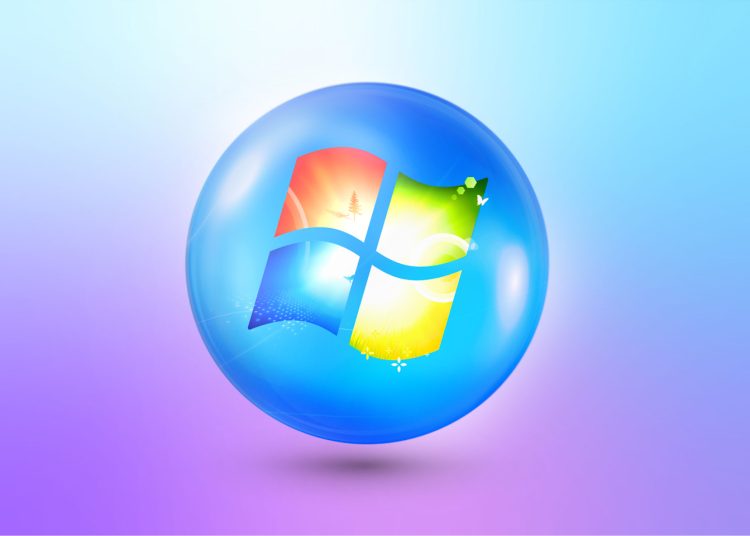Microsoft has long held the crown as the dominant desktop operating system, but new data suggests that grip may be loosening.
In 2022, the tech giant proudly reported that 1.4 billion devices were actively using Windows 10 and Windows 11.
Fast forward to 2025, and the company now says only “over one billion” devices run Windows signaling a potential drop of up to 400 million users in just three years.
The shift raises an important question: Where did all those Windows devices go?
Microsoft’s Messaging Sparks Confusion
In a recent blog post highlighting Windows 10’s upcoming end-of-support in October 2025, Microsoft EVP Yusuf Mehdi referred to “over one billion monthly active devices.” But this figure conflicted with the company’s 2022 claim of 1.4 billion active installations.
The vague update triggered immediate speculation. Had Microsoft lost nearly a third of its Windows user base? The company later edited the blog to read “over 1.4 billion,” but the brief shift highlighted a more pressing reality: growth has stagnated and some users are leaving Windows behind entirely.
Where Did the 400 Million Go?
There’s no single answer, but several trends offer a clear explanation:
MacBooks Are Winning New Fans
Apple’s transition to M-series chips gave MacBooks a significant boost in performance and battery life. This helped Apple gain global market share, reaching 8.7% to 10.4% according to IDC and Canalys. Many users and creatives looking for reliability and ecosystem integration have made the jump from Windows to macOS.
Linux Adoption on the Rise
Linux-based systems are becoming more viable for everyday use, especially among governments and institutions.
European regions like Schleswig-Holstein in Germany and cities like Lyon in France have adopted Linux for cost savings and control. For Microsoft, that’s a direct loss of long-term institutional users.
Smartphones and Tablets Replace Traditional PCs
As mobile devices become increasingly powerful, casual users are ditching desktops. For browsing, video calls, streaming, and productivity, a tablet or smartphone often suffices. Windows, once a default for every household, is now primarily used by gamers, professionals, and businesses.
Windows 11
Microsoft hoped Windows 11 would drive upgrades, but its hardware requirements created barriers. Many older devices, still functional, can’t run the new OS, and users are reluctant to invest in new PCs just to stay updated.
With support for Windows 10 ending in October 2025, Microsoft is likely counting on a new wave of enterprise upgrades. But consumers may be harder to convince, especially with cloud gaming, web-based tools, and high-performance mobile apps becoming more accessible.
Despite this decline, Windows remains the world’s most widely used OS, especially in corporate and gaming environments. But its dominance in the consumer space is fading. The market is evolving, and Microsoft will need to adapt to a future where mobility, flexibility, and minimalism shape tech habits.





























